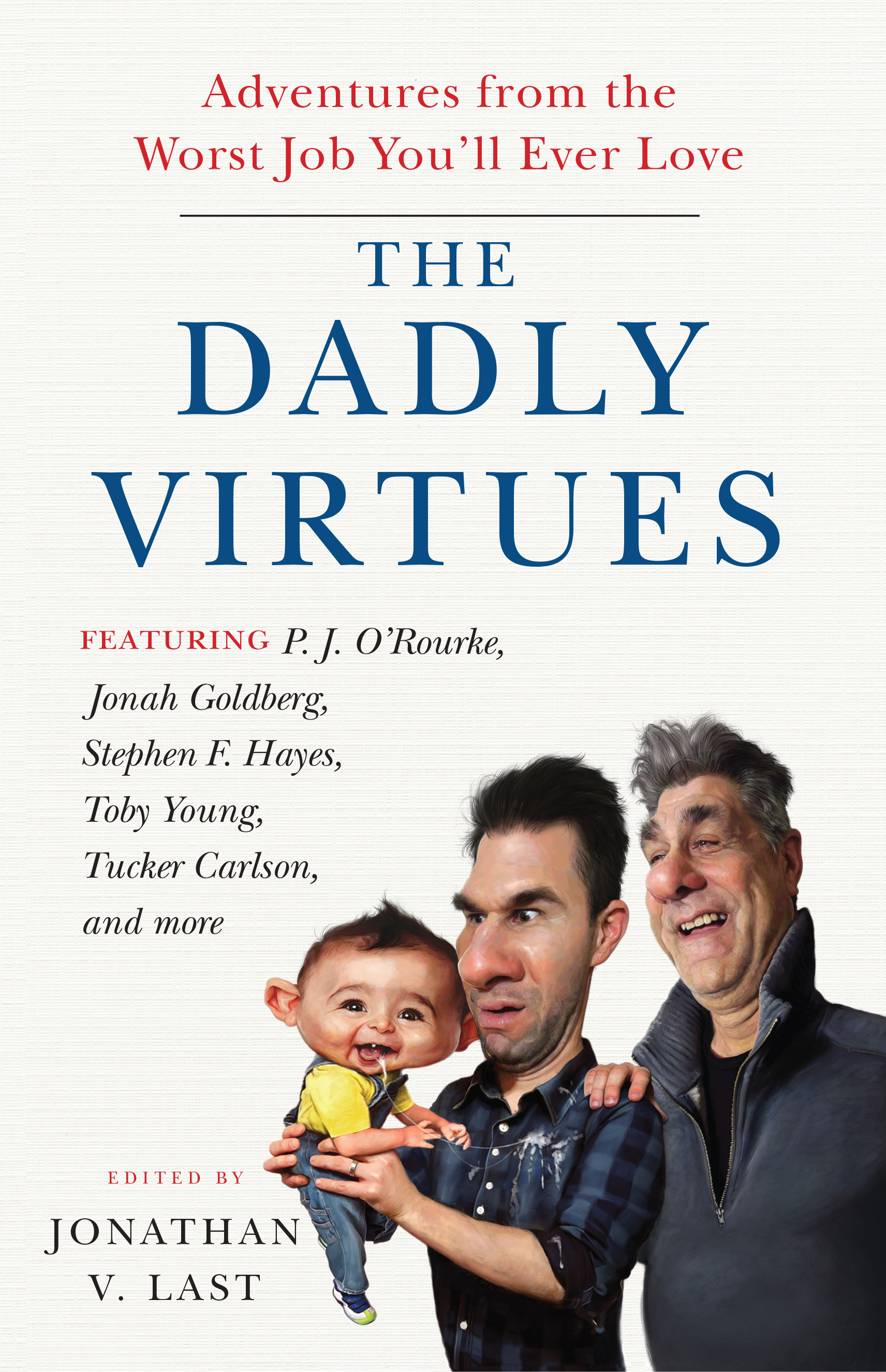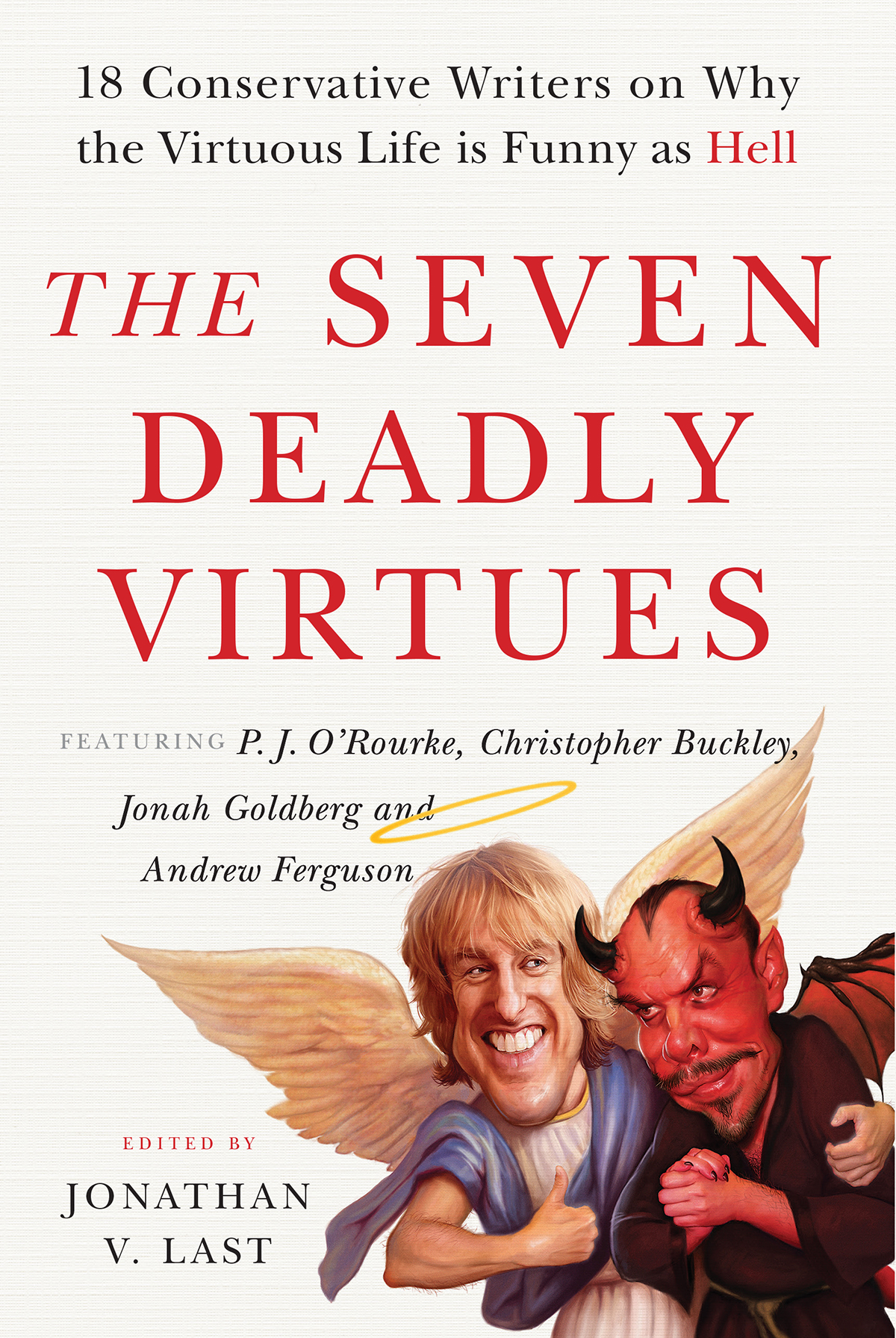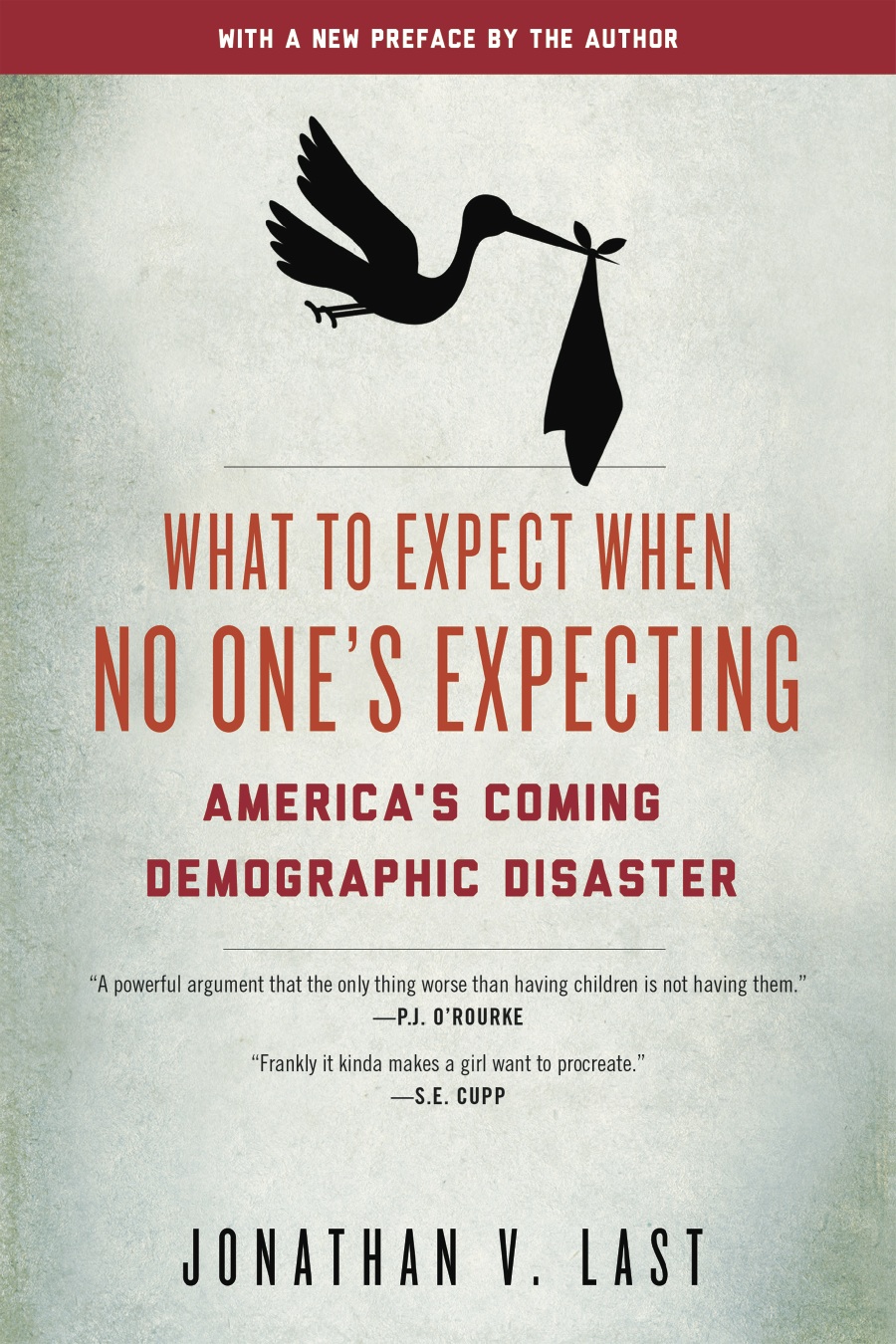December 12th, 2008
Finally fired up the Playstation machine last night to watch The Dark Knight in Blu-ray for the first time. Several observations on the tech and further thoughts on the movie:
* The PS3 menus are poorly designed. It’s an OS which has to do relatively little, yet the long horizontal menu list with obscured pull-downs requires a lot of work to navigate. The entire user interface should be overhauled. So it probably won’t be.
* The Blu-ray picture was stunningly good. In particular, the giant, Imaxed scenes blew me (away) and what drove me especially nuts was the use of the IMAX frame for all of the big, outdoor establishing shots. The slow glide in to the Hong Kong skyline, in particular, was just unreal. I’d buy a $25 BR disc of just those.
* I noticed only two aliasing problems with the picture: (1) In the underground Bat Lair, there was a moment when the grid of white lights in the ceiling produced almost imperceptible jaggies; (2) In a scene with a silver flat-panel TV in the background, the speaker on the bottom of the TV in the picture had some aliasing issues with the little holes in the grill.
I’m not enough of a tech-head to know whether these issues were the fault of the BD player or my TV. Since the PS3 seems to be the reference BD machine, I’d suspect that it’s my TV’s fault. But I have a pretty high-end Pioneer and never so any artifacting like that watching HD-DVDs. Just saying.
* The Dark Knight came with three discs in the package, even though the case only lists the contents for two of them. The third disc is labeled, I think, “digital copy” or some such. I have no idea what it’s for.
But wasn’t one of the selling points of Blu-ray that it’s storage capacity was so gargantuan that you could put entire seasons of a TV series on one disc? Can’t they pack all of the extras and the feature onto a single BR disc?
* I’ve seen fewer movies this year than at any point in my life since I was 5-years-old, so I really can’t speak to matters of awards. But if The Dark Knight isn’t one of the five best pictures of 2008, then this was one of the best years in modern cinema. It should get, at minimum, five nominations: picture, script, director, score, supporting actor.
* Just one example of the unexpected, really interesting directorial choices Nolan makes comes in the final exchange between the Joker and Batman. The Joker is hanging off the building, upside down. Nolan does not shoot the conversation in full-frame: he uses coverage between the two characters. What’s really interesting is that he decides to show us an upside-down image of the Joker–that is, the Joker appears onscreen upright, but with his jacket and hair and arms all pointing to the top of the frame. It gives him an eerie, not quite right, affect. Everything about him in that scene feels wrong and I think it’s in part because our eyes are perceiving him as being upright, but he’s dangling and dancing like someone who’s upside down.
* The writing choices are equally interesting. Upon third viewing, I’m totally convinced that Harvey Dent’s transformation is earned. From the scene in the restaurant where he talks about Caesar to his attempted interrogation of the Joker’s goon, Dent is much closer to the edge than either Batman or Gordon (or, for that matter Rachel) realize the whole time.
* But more than anything else, what makes The Dark Knight so interesting is that Nolan has something to say the nature of our liberal order. Despite what he says to Dent in the hospital, the Joker is not an agent of chaos. He’s an enemy of the liberal order.
Start by understanding that everything the Joker tells people in The Dark Knight is a lie. He lies about his scars. He lies about the locations of Harvey and Rachel. He lies to the mobsters. He lies about wanting the Batman unmasked, and then masked. He lies about having mined the bridges and tunnels.
But most of all, he lies to Harvey about not being a schemer. The Joker manifestly does have plans–lots of them. This little speech is designed to corrupt Dent, pushing him over the edge to make him an agent of chaos. And the reason the Joker wants to do this is because he knows that publicly corrupting Dent will destroy the will of the people just as surely as his terrorism. That’s why he remarks to Batman at the end, “You didn’t think I’d risk the battle for Gotham’s soul in a fistfight with you?”
(I think it’s pretty safe to assume he has also lied about the ferry detonators. Nolan doesn’t show us, but it seems probable that the detonators were actually linked to the ship they were on, not each other.)
The Joker thinks the mores of Western civilization are a luxury which people will abandon in dire times. And he hates these mores–hates the entire edifice of the modern liberal order–so much that his entire rise is directed toward pushing Gotham to abandon them.
But here’s where Nolan gets interesting: Batman (and, I suspect, Nolan) essentially agrees with the Joker that the liberal order is a luxury. But he thinks it’s a very, very important luxury. So important to preserve, in fact, that sometimes illiberal things must be done in the service of its maintenance.







Christopher Nolan — Jonathan Last Online August 16, 2010 at 8:43 pm
[…] is mistaking Republican policy preferences for political philosophy here. As I’ve argued before, TDK has a very Big Idea at its center: That the liberal order (by which I mean our entire Western […]